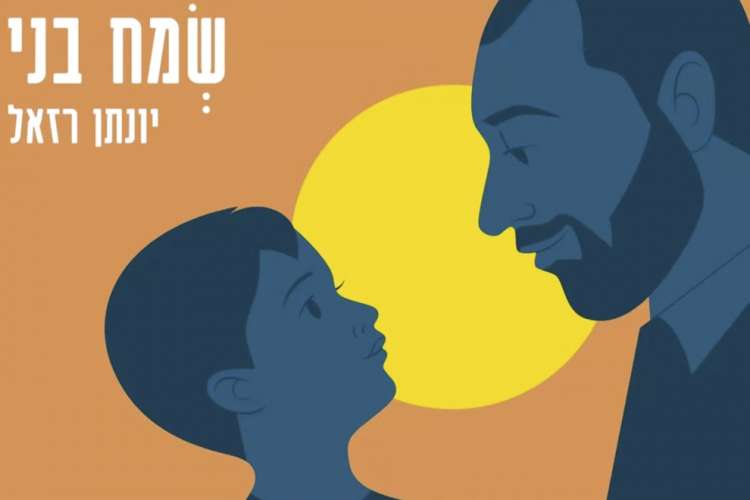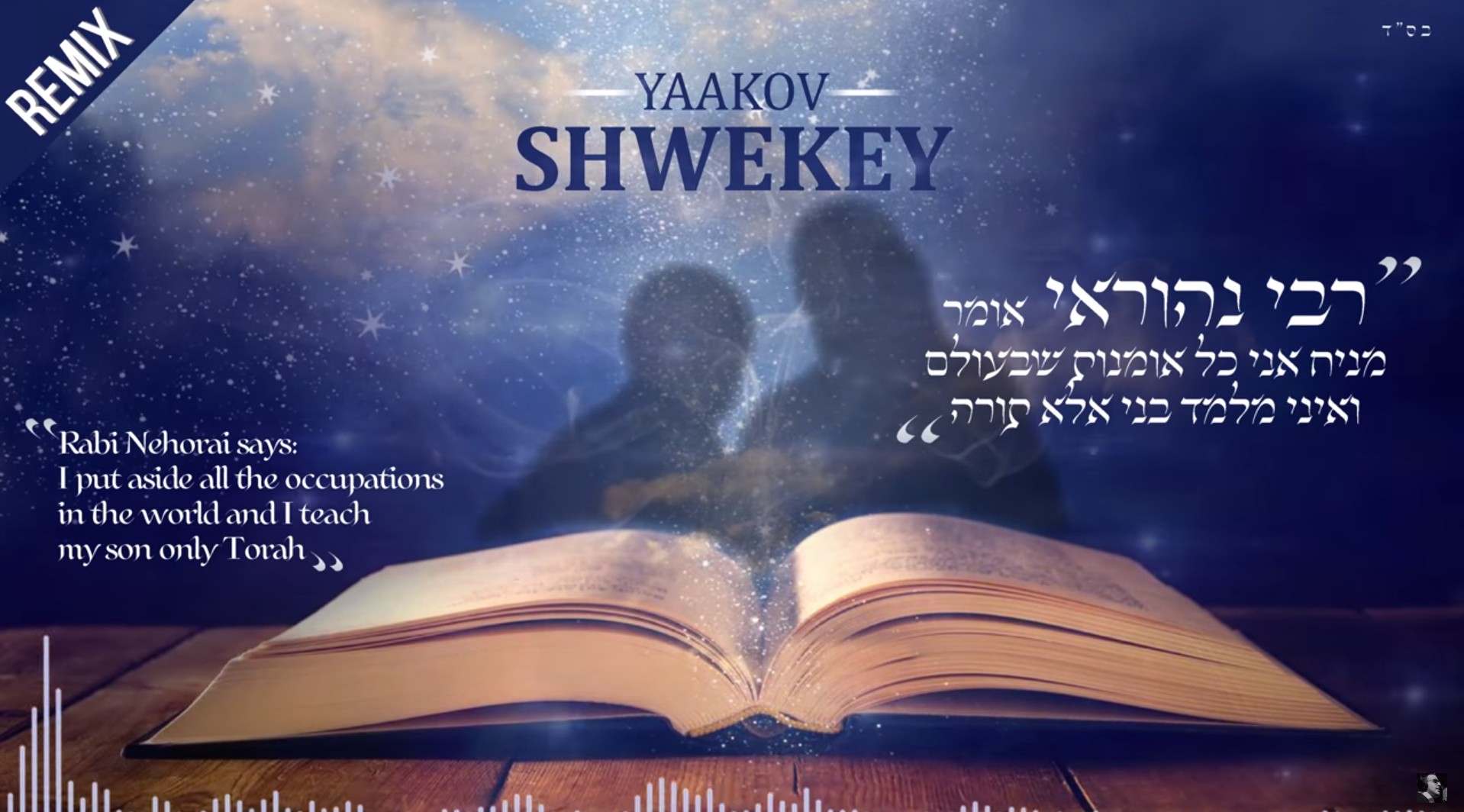Best Prices For All Customers. Sildenafil Dapoxetine In India. Dapoxetine For Sale Online. Priligy dapoxetine treats men suffering from premature ejaculation. cialispascherfr24 With free consultation and free delivery, you can buy Priligy treatment at OnlineClinic.
0 366 Less than a minute





